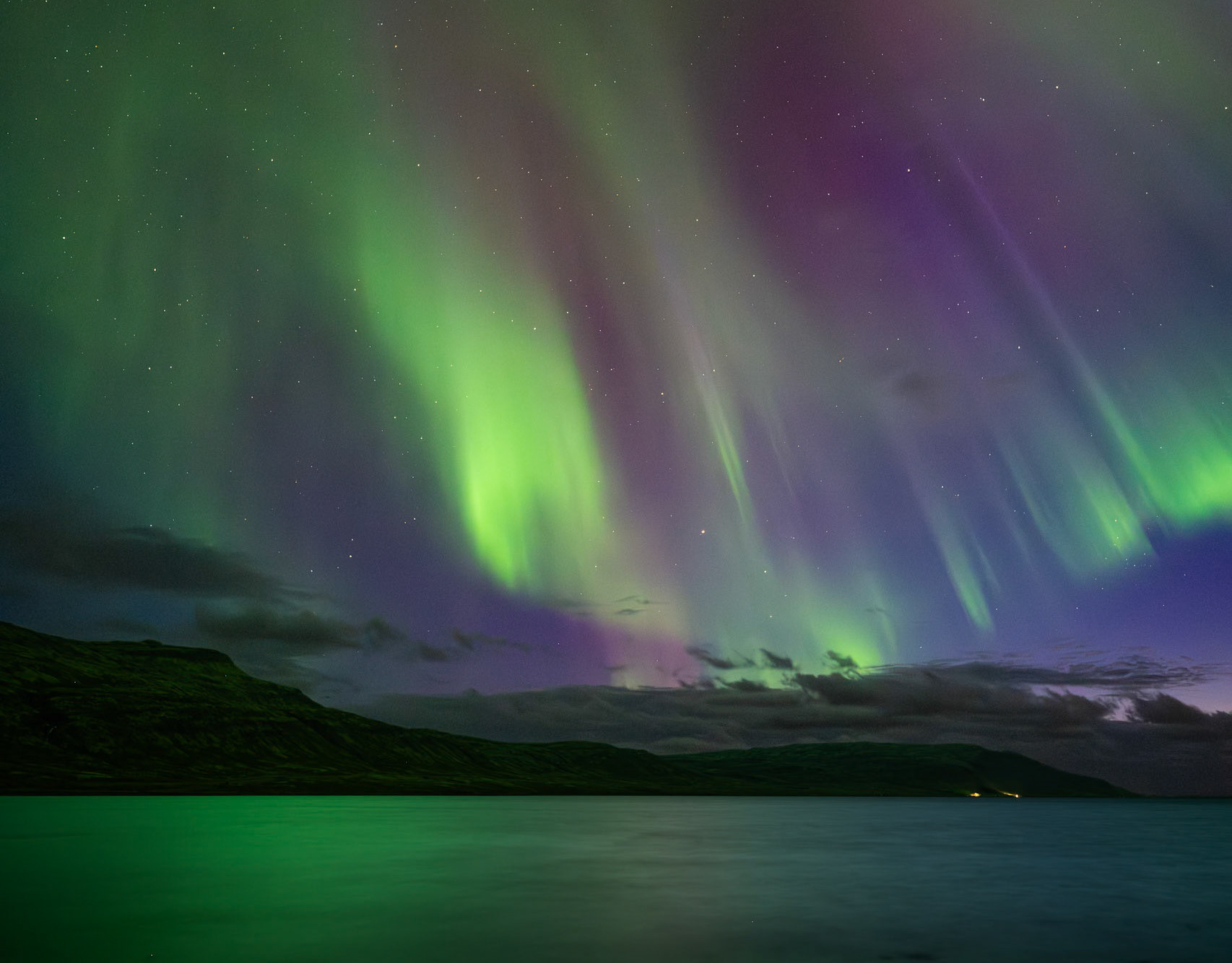
About Auroras -NEW
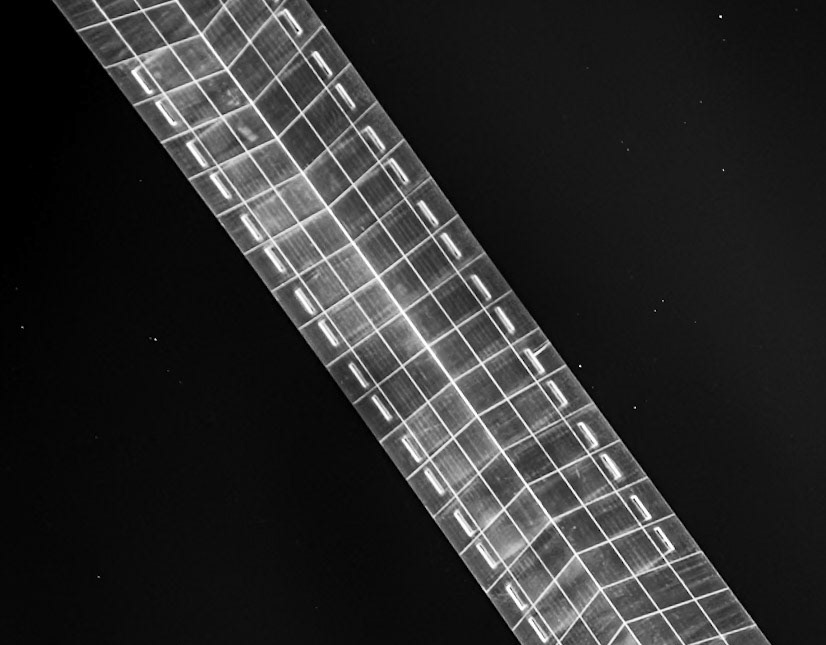
The Gateway Arch -NEW

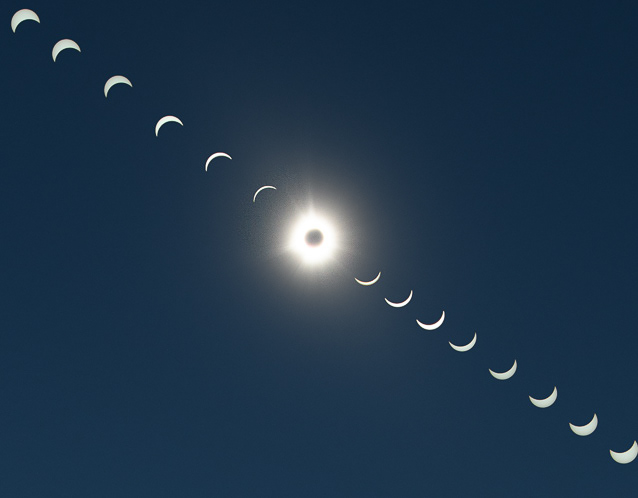
Total Solar Eclipse
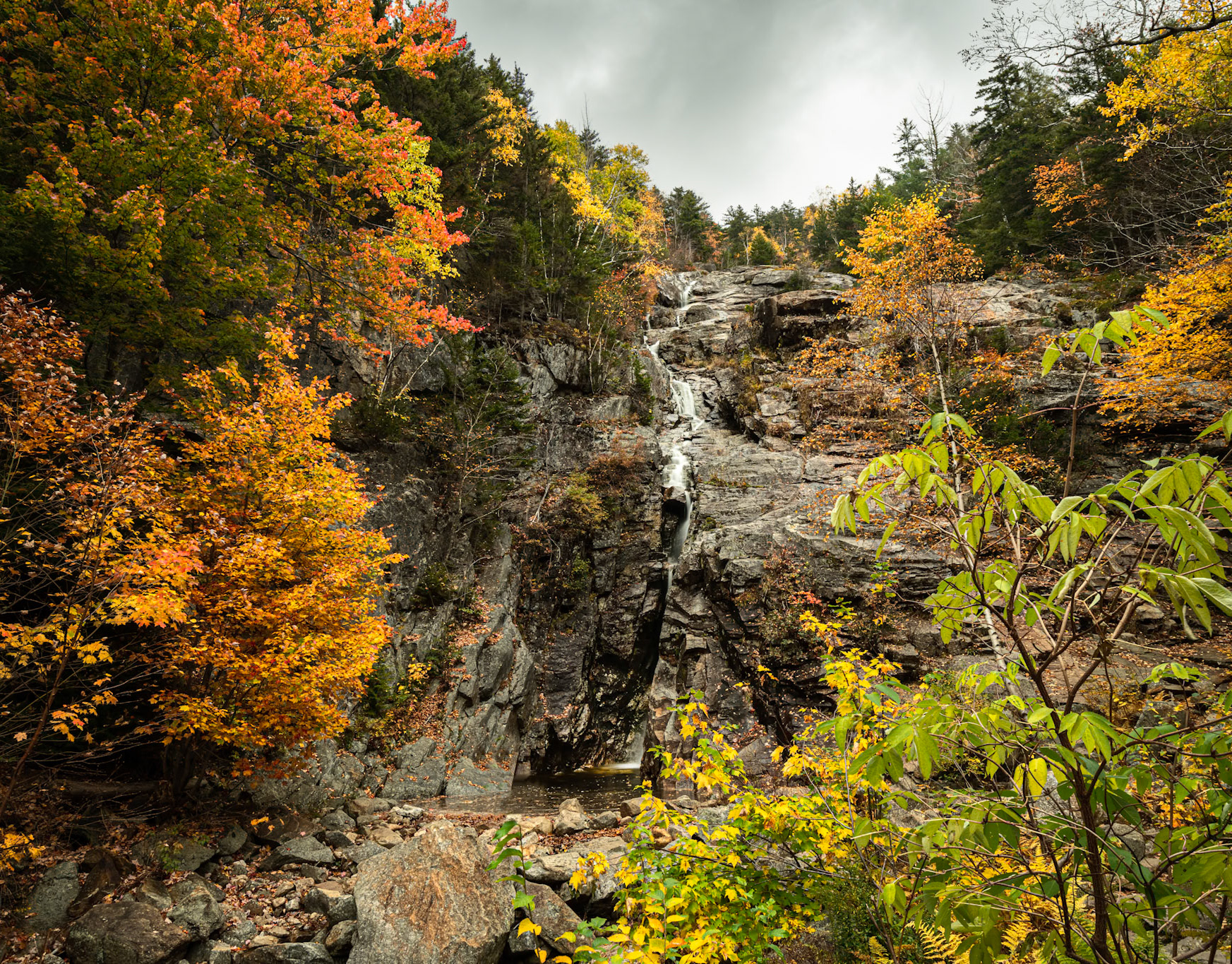
Nature

St. John, US Virgin Islands
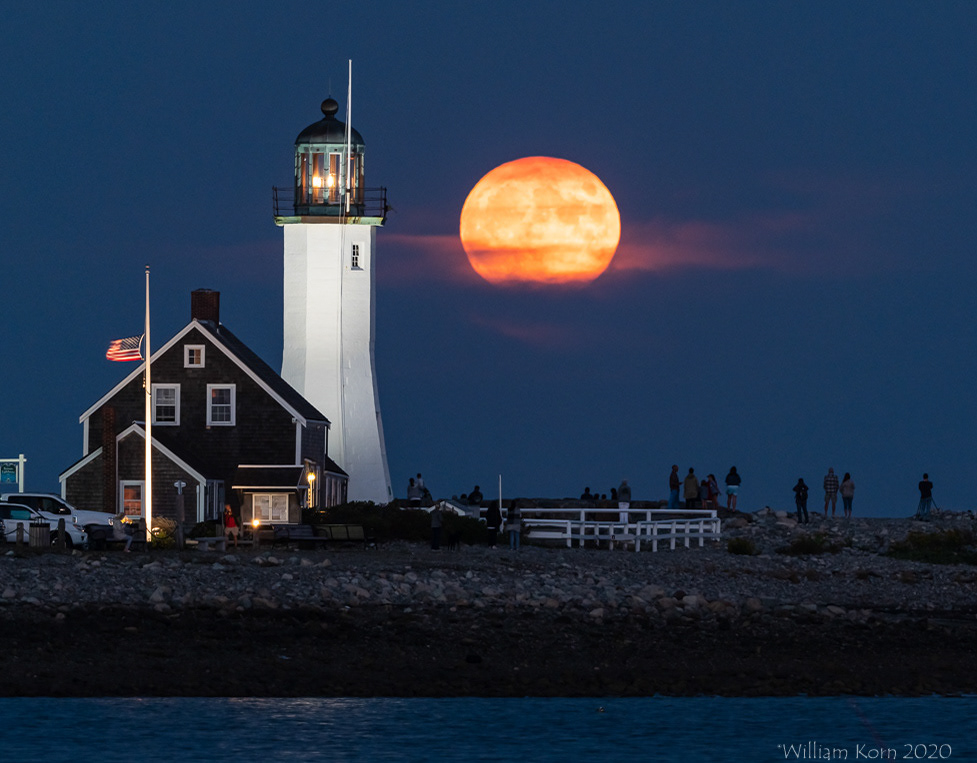
Night

Macro

Birds
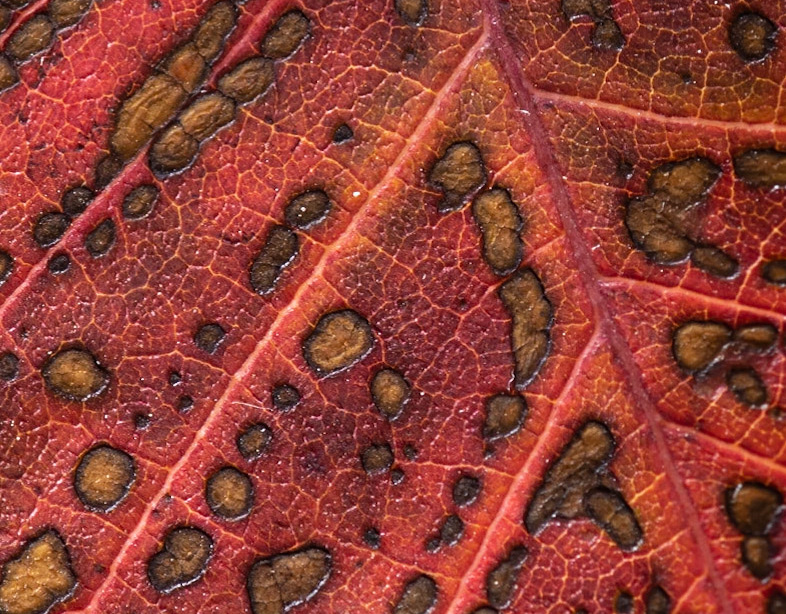
Flowers and Plants

Big Bend

Landscapes

Barcelona

New York City
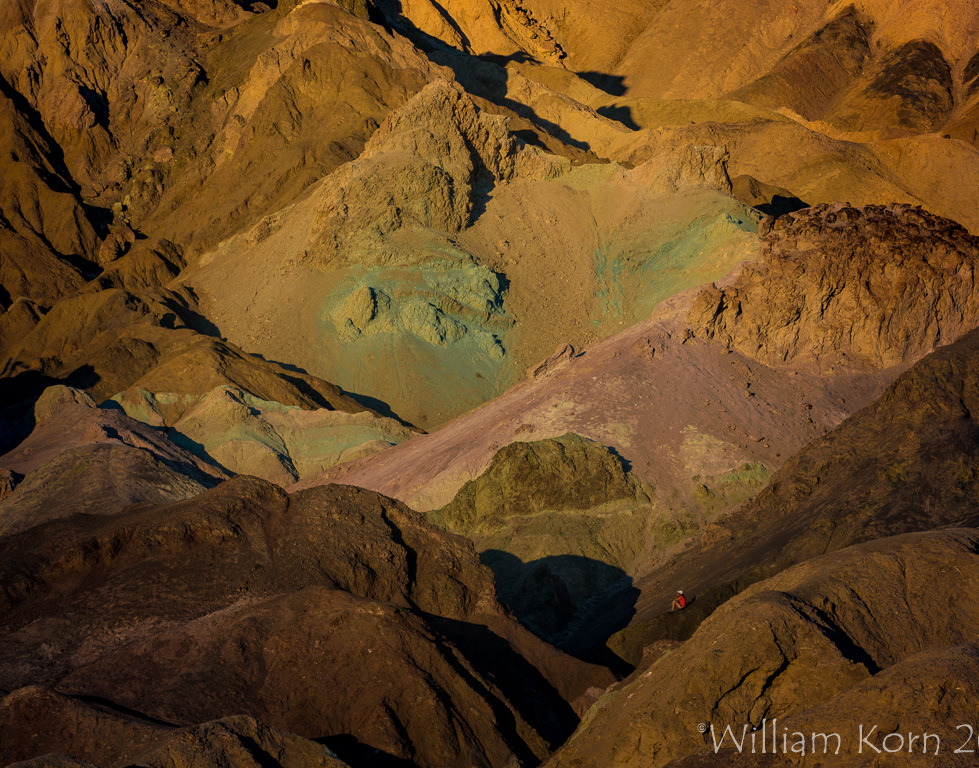
Death Valley

Street Photos

Oil and Water

Sports
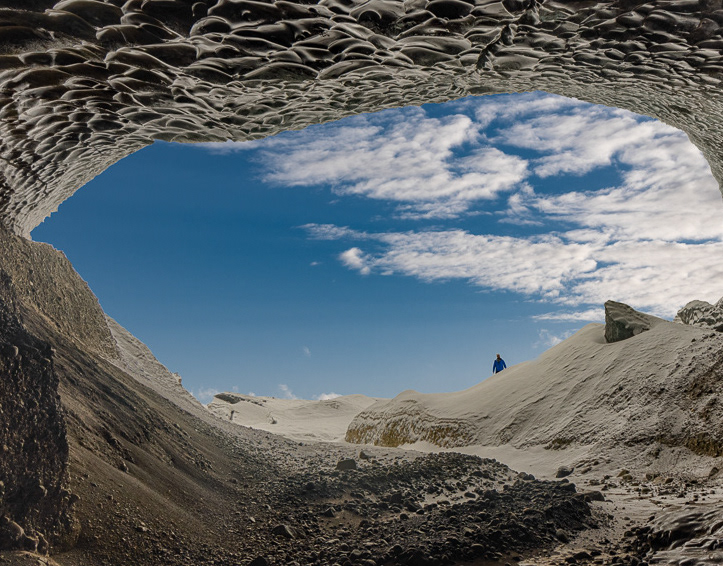
Iceland

Self-portraits